
Warsaw's Royal Castle
The historic Warsaw Royal Castle, once reduced to rubble during World War II, is a testament to resilience and reconstruction. Immerse yourself in the captivating history of this palace, now home to masterpieces by Rembrandt and Canaletto.
History
The roots of this grand Baroque palace trace back to the 14th century, marked by the construction of the Great Tower on one of Warsaw's main squares. When Sigismund III moved Poland's capital to Warsaw, he expanded the tower buildings and commissioned the construction of a grand Baroque castle to serve as the royal residence.
Throughout the 16th century, a series of adversities, including foreign invasions, fires, and bombardments, took a toll on the original castle structure. The culmination of these challenges occurred during the Warsaw Uprising of World War II, as Nazi forces bombed and reduced the Royal Castle to ruins.
Following the communist era, international aid facilitated the reconstruction of the Royal Castle, culminating in its reopening in 1984. The palace, having served as a royal residence, parliamentary seat, and presidential abode, now stands as a poignant symbol of Poland's independence.
Exploring the Royal Castle
A visit to the Royal Castle immerses you in the rich history of Warsaw and Poland. Key rooms include the Audience Hall, where senators convened; the chapel housing the heart of Polish hero Tadeusz Kosciusko; and the Marble Hall (the castle's oldest part). The Assembly Hall for grand banquets, the Throne Room, and the Council Chamber.
Adorned with paintings of Polish monarchs and historical figures, Brussels tapestries, religious frescoes, and artworks depicting pivotal moments in Warsaw's history, the king's chambers and common rooms provide a vivid narrative.
An elevated tunnel on one side connects to the St. John’s Archcathedral, constructed after an assassination attempt on King Sigismund III during mass. The east wing houses an impressive painting collection featuring Canaletto and Rembrandt masterpieces such as "The Girl in a Picture Frame" and "Scholar at His Desk."
In 2012, a great summer drought unveiled a treasure submerged in the Vistula River for 400 years. Jewelry and valuables, looted by the Swedes during the 17th-century invasion, were discovered, adding another layer to the castle's historical tapestry.
Castle Square
One of Warsaw's breathtaking and bustling central squares, Castle Square, named after the Royal Castle, serves as one of the capital's main meeting points. At its center stands Sigismund's Column, an ancient monument honoring King Sigismund III, who relocated Poland's capital from Krakow to Warsaw.
From Castle Square, panoramic views encompass the Royal Castle, the Vistula River, and the Prague Quarter.
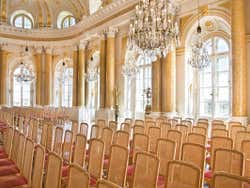
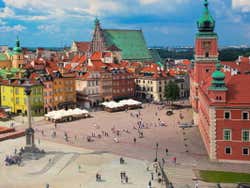
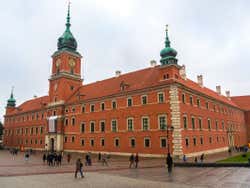
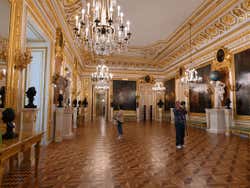
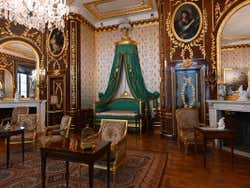
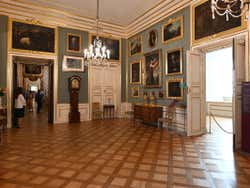
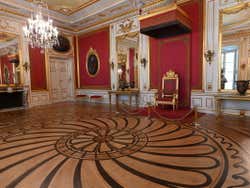
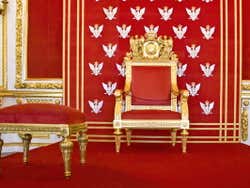
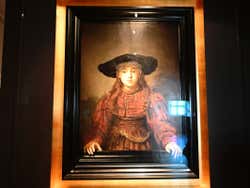
Schedule
Tuesday to Sunday: 10:00 am to 5:00 pm
Monday: Closed
From May 2:
Tuesday to Sunday: 10:00 am to 6:00 pm
Monday: Closed
Price
Adults: zł 60 (US$ 16.65)
Reduced admission: zł 45 (US$ 12.48)
Children under 16: zł 1 (US$ 0.27)
Wednesday: Free admission.
Nearby places
Warsaw's Old Town Market Place (278 m) Museum of Warsaw (321 m) University of Warsaw Botanical Gardens (877 m) Copernicus Science Center (1.2 km) Polish Army Museum (1.9 km)

